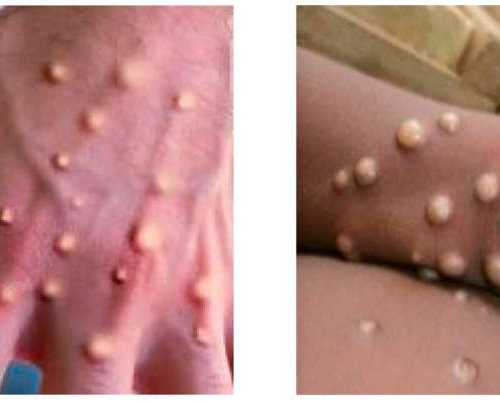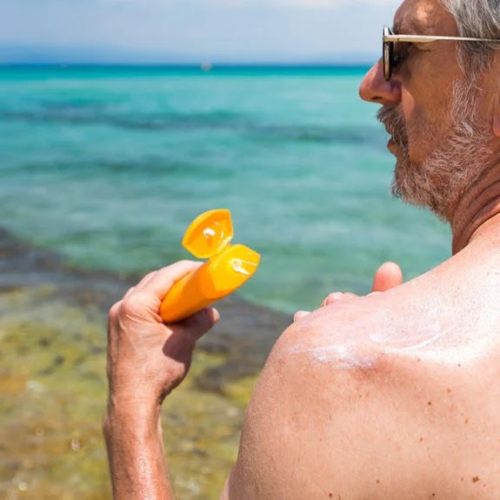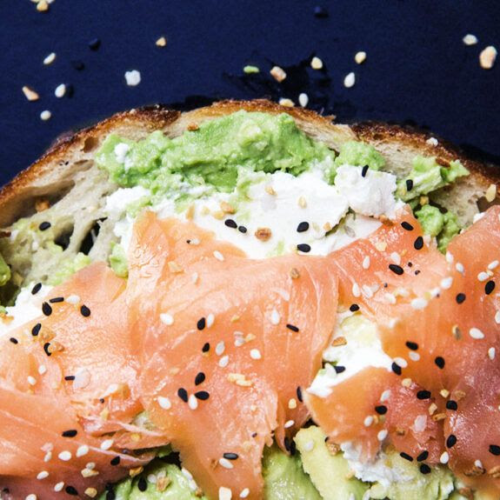by Erin Kayata, Northeastern University Northeastern associate professor of chemistry and chemical biology Leila Deravi says less is more when it comes to picking a product to prevent chapped lips. Credit: Alyssa Stone/Northeastern UniversityWhen the cold temperatures hit your lips and dry them out this winter, you might turn to some sort of lip product for...
Scientists develop model to distinguish between two strikingly similar diseases blamed for skin lesions
by University of Sharjah, University of Sharjah From left: lesion properties of monkeypox and chickenpox. Credit: Diagnostics (2023). DOI: 10.3390/diagnostics13020292Scientists have developed a deep learning (DL) model capable of quickly and accurately distinguishing between monkeypox and chickenpox skin lesions, which often exhibit striking similarities. People developing pox-like rashes are normally confused about whether they are caused...
A new emergency procedure for cardiac arrests aims to save more lives—here’s how it works
by Vinuli Withanarachchie, Bridget Dicker and Sarah Maessen, The Conversation Credit: Unsplash/CC0 Public DomainAs of January this year, Aotearoa New Zealand became just the second country (after Canada) to adopt a groundbreaking new procedure for patients experiencing cardiac arrest. Known as “double sequential external defibrillation” (DSED), it will change initial emergency response strategies and potentially improve...
Monkey see, monkey do: How sideline sports behaviors affect kids
by University of South Australia Credit: Pixabay/CC0 Public DomainFor children’s sports, there’s no doubt that parents are essential—they’re the free ferry service, the half-time orange supplier, and the local cheer squad. But when it comes to sideline behavior, some parents can behave badly, and when this happens it’s often a case of “monkey see, monkey do.”...
Programmable hydrogels could herald a new era in wound care
by Katherine Gombay, McGill University Credit: Pixabay/CC0 Public DomainHydrogels are engineered materials that absorb and retain water and are currently used in various medical treatments, including dressing wounds. The problem with current hydrogels is that they adhere indiscriminately to all surfaces, which means that wound dressing can potentially damage delicate tissue as it is healing. McGill...
What to expect when you have shingles
Shingles causes a painful rash, itching, and burning skin followed by oozing blisters. Shingles usually lasts 3–5 weeks, and the blisters typically take around 10 days to heal. After it heals, most people will not have shingles again. Shingles is a viral infection that affects approximately 1 in 3 adults in the United States. Around...
How to get clear skin fast
There is no instant way to clear acne or blemishes, but strategies that can help include avoiding touching the skin or popping pimples, washing frequently, and using products suited to the specific problem and the person’s skin type. In general, people with acne or blemishes have skin that is dry, oily, or a combination of...
Dietary vitamin B3 may help lower death risk in nonalcoholic fatty liver disease
Niacin, or vitamin B3, found in fish and other food items, may help reduce the risk of death in NAFLD. Image credit: Anna Tabakova/Stocksy. Nonalcoholic fatty liver disease cases are growing, and the disease is associated with an increased risk of death from cardiovascular disease.Up to 90% of people with obesity have nonalcoholic fatty liver...
Protein accumulation on fat droplets implicated in late-onset Alzheimer’s disease
by Kendall Daniels, University of North Carolina at Chapel Hill School of Medicine Credit: Wikimedia CommonsUNC School of Medicine researcher Sarah Cohen, Ph.D., and Ian Windham, a former Ph.D. student from the Cohen lab, have made a new discovery about apolipoprotein E (APOE)—the biggest genetic risk factor for late-onset Alzheimer’s disease. Older people who inherited a...
The Solution to a ‘Common and Hazardous’ Symptom of Bipolar Disorder?
Batya Swift Yasgur, MA, LSW Recent research highlights the potential role of an atypical antipsychotic to treat anxiety, a prevalent and undertreated symptom in bipolar I disorder (BPD). Notably, investigators said, the drug comes without the typical metabolic side effects, including weight gain, associated with this drug class. A post hoc analysis of pooled data...








